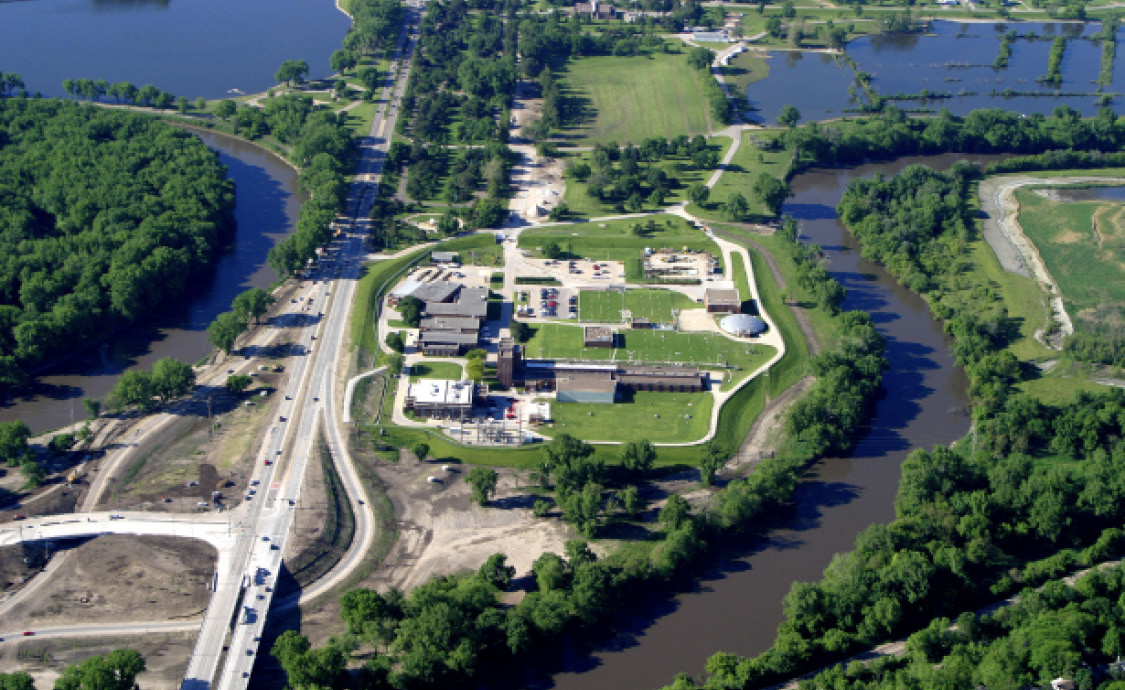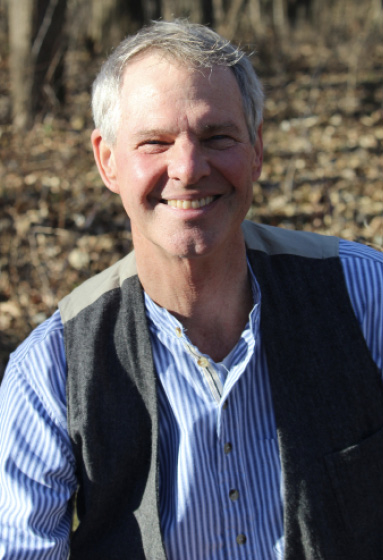A few years ago, I wrote a little essay called “Changing Heroes” that appeared in The Land Report, the bulletin of The Land Institute. In it, I argued that the Western world has a propensity for choosing the wrong heroes, and the wrong kinds of heroes.
Hercules is our archetypical hero. His life, even in infancy, was a playbook of superhuman deeds. He performed astonishing feats—the “twelve labors of Hercules”—showing all the while physical strength, undaunted courage, unimaginable endurance, and the ability to overcome seemingly insurmountable challenges.
Yet despite Hercules’s legendary deeds and unequivocal prowess, the thing that strikes me most about him is a deficiency: he is rootless. He lacks a clear and strong connection to any location. He roams, he conquers, never settles down, never has a place that he calls his own, a place that he’s drawn to. As the classicist Emily Butler recently wrote, “[Hercules’s] home is as foreign to him as any place he visits.”1
The West has long admired the Hercules type. To embark on projects in foreign lands, to face seemingly impossible odds, to persevere in the task, ultimately to achieve the goal, win the race, clean up the mess, vanquish the opposition. It’s the stuff of Alexander the Great, Caesar’s conquest of Gaul, Cortez’s overthrow of the Aztecs, Boone’s trailblazing to Kentucky…the list goes on and on.
It’s also the stuff of other kinds of conquests: pioneers “breaking” the prairie in the mid-19th century, Cornelius Vanderbilt forging a railroad empire, Norman Borlaug enabling the “Green Revolution,” Steve Jobs revolutionizing digital content delivery. There is a seductive quality to such conquests, at least to those who tell the stories and those who benefit from them. But ask the Aztecs, or smallholders in India, or the prairie itself, and you might hear a different opinion.
In my Land Institute essay I called on us to celebrate other kinds of heroes—those who protect rather than conquer, heroes who connect to a place and its people and promote their well-being, heroes like Henry David Thoreau, who so famously connected with the Concord woods, and who also “came to see the violent removal of the Indians from New England as the central tragedy of American history.”2 Ada Hayden is another of those heroes, who—as early as 1919—called on Iowans to preserve even “a few acres” of prairie in each of the state’s counties, asking plaintively, “why not preserve now at a small cost what can not be replaced at any cost?”3 Mahatma Gandhi was one of these heroes, too, and on an even larger scale, fighting on behalf of the people and natural environment of India. One could even invoke another ancient hero, Odysseus, whose story “is the ultimate endorsement of nostos, or homecoming, the idea that a heroic warrior’s greatest triumph comes when he returns from war to his own home and family.”4
It is in this context that I want to acknowledge Bill Stowe.
Bill was born in Des Moines on January 1, 1959. According to his slightly irreverent obituary published in the Des Moines Register, he was the first baby born in Iowa that year. I doubt that is what made him a leader, but it makes a good story. Bill’s involvement in politics (more on this later) began in high school when he served as a page in the Iowa Senate. He attended Grinnell College and graduated Phi Beta Kappa, then began collecting advanced degrees: a Master of Science in Engineering from the University of Wisconsin, a Master of Science in Industrial Relations from the University of Illinois, and a Juris Doctor from Loyola University Law School. But his credentials are not why Bill is my hero.
Nor are his many professional positions, though they are impressively diverse. Bill’s first job was as a field examiner with the National Labor Relations Board, which led to a position as labor relations representative for Inland Steel. After that, for about ten years, he worked in the energy sector—for Shell Oil and MidAmerican Energy—then for two years as the human resources director for the City of Des Moines. In 1999, he changed to being the Assistant Manager of Des Moines’ Public Works/Engineering Department, a position he held for thirteen years before becoming the CEO and General Manager of the Des Moines Water Works (DMWW). It was here that Bill’s heroism and political acumen were revealed to the world. Allow me to set the stage.

The Des Moines Water Works was the field on which Bill Stowe fought his toughest battles. Photo courtesy of Des Moines Water Works
DMWW is a regional utility that, its website states, “protects public health and promotes economic development by delivering outstanding quality water, affordably, in reliable quantities, to Des Moines and surrounding communities.” For over 25 years the utility has, in the interest of public health, been removing nitrates from water from the Raccoon and Des Moines Rivers, the sources of Des Moines’s drinking water. Excessive nitrate in drinking water is implicated most notably in methemoglobinemia, or “blue baby” syndrome. It may cause other health problems as well.
The main source of nitrates in drinking water is agricultural runoff. Farmers upriver from Des Moines add nitrogen fertilizer to their fields—mostly in the form of ammonia—to promote leaf growth in their corn and soybeans. Though some ammonia is injected directly into the soil, some is surface applied and is susceptible to washing into drainage ditches and creeks and thence into the Raccoon and Des Moines Rivers. You cannot see, smell, or taste nitrates in drinking water.
DMWW operates a denitrification facility to reduce the nitrate level to below a threshold set by the government. This is an expensive process, the cost of which varies from year to year based on fertilizer application rates and rainfall. In 2015, the worst year on record, DMWW had to operate the facility for 177 days at a cost of $1.5 million. That’s just for denitrification.
Reckoning with such costs, Bill Stowe took a bold and controversial step, unanimously backed by the DMWW board of directors. The utility filed a law suit against three upriver county boards of supervisors for failing to control the nitrate level of water in the rivers in violation of the Clean Water Act. Stowe argued that the counties (which own and operate agricultural drainage pipes) had not been doing what they should have been doing, namely monitoring nitrate runoff as point-source pollution with an aim to regulating it.

Photo by Jon Andelson
The lawsuit received extensive media coverage in Iowa and beyond, and for good reason. Opposition to the lawsuit was fierce and immediate. It came from many extremely powerful and well-financed agricultural interests in Iowa and beyond. The state legislature began exploring ways to derail the lawsuit. The governor accused DMWW of exacerbating the urban-rural divide. Stowe was personally attacked and vilified. In the end, the courts dismissed the suit. Had DMWW prevailed, it could have reshaped the face of Midwestern agriculture. (For a fuller account, see Chapter 13 of Pulitzer Prize winning journalist Art Cullen’s recent book, Storm Lake: A Chronicle of Change, Resilience, and Hope from a Heartland Newspaper, Viking 2018).
So, Bill Stowe is my hero because he cared about Iowa’s water and about Iowans themselves enough to fight for their health. He took a stand that involved no personal gain but exacted a high cost in terms of relationships and mental distress. He faced a withering backlash with patience and poise.
About a year after the lawsuit was dismissed, Bill was diagnosed with an aggressive form of cancer that took his life earlier this year at the age of 60. Hugh Espey, Executive Director of Iowa Citizens for Community Improvement, writing a remembrance of Bill on his organization’s website, remarked, “Bill often said in the fight for clean water, ‘lean forward.’” May Bill’s example lead us all to do the same.
References
1 Emily Kratzer, “A Hero’s Welcome: Homecoming and Transition in the Trachiniae,” Transactions of the American Philological Association 143 (2013) 23-63
2 Robert Kuhn McGregor, A Wider View of the Universe: Henry Thoreau’s Study of Nature (1997, University of Illinois Press)
3 Ada Hayden, “Conservation of Prairie,” Iowa Parks: Conservation of Iowa Historic, Scenic, and Scientific Areas (1919, State of Iowa)


